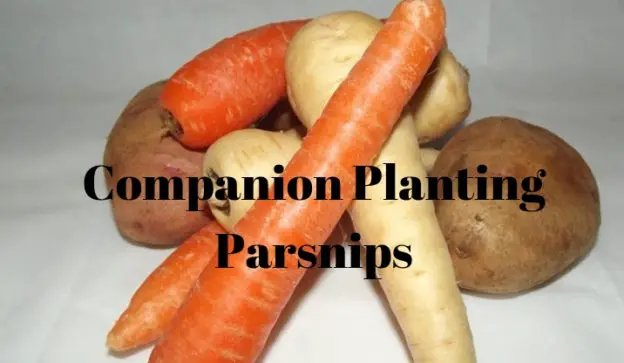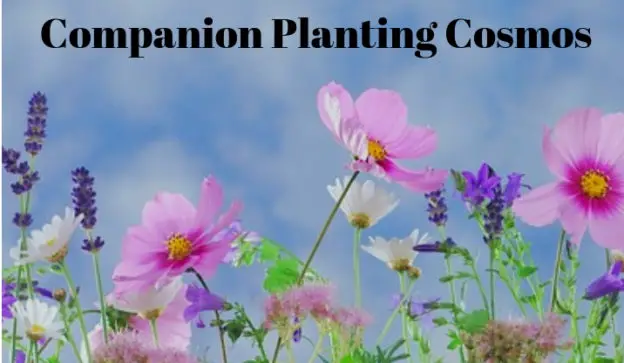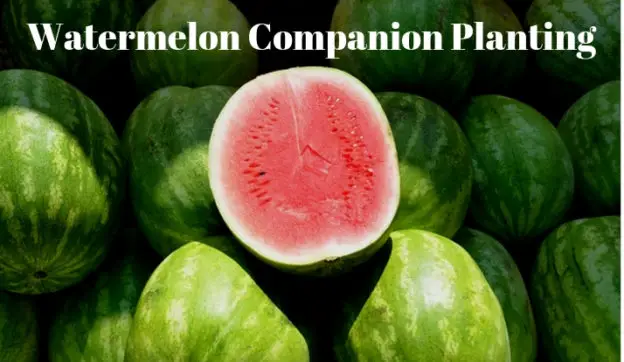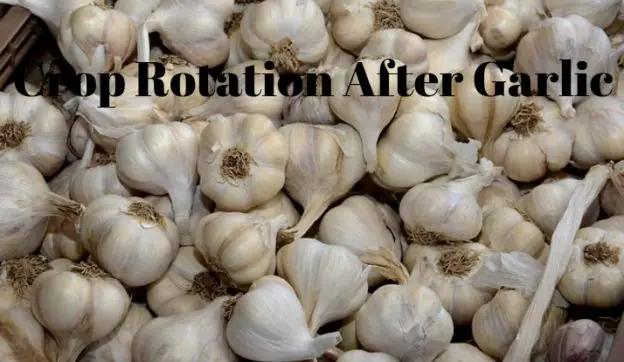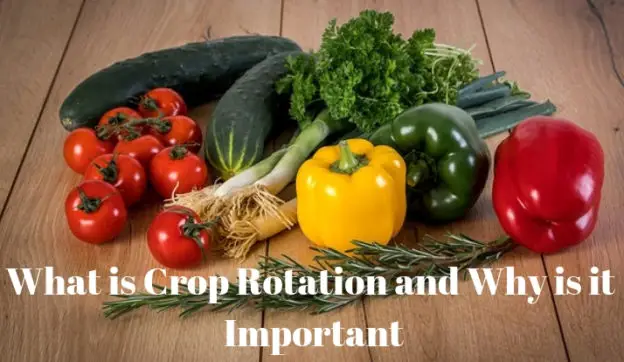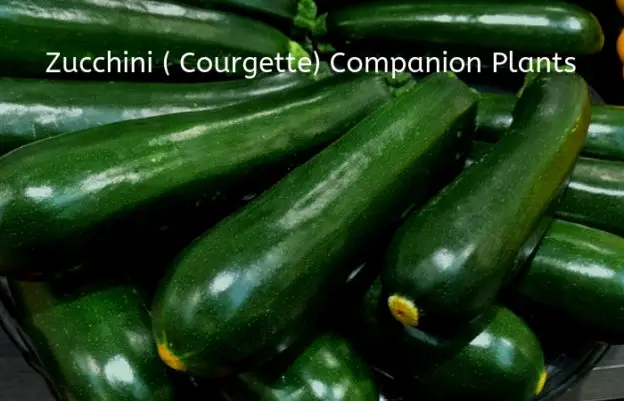Companion Planting Geraniums
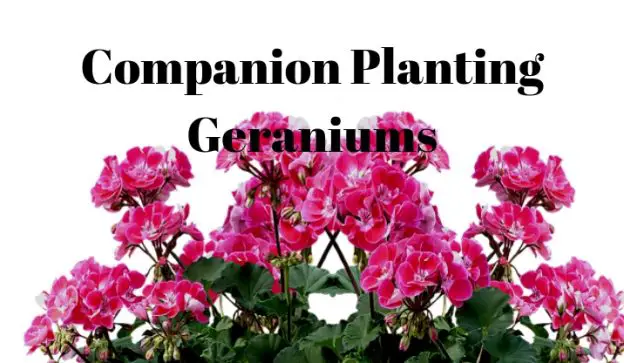
Geraniums have a distinctive smell, some people hate it but more importantly so do some plant pests. By companion planting geraniums your garden will benefit from less insect infestations. Companion Planting Geraniums The strong scent of the geranium repels many damaging insects Including mosquitoes, Cabbage white butterflies, Japanese beetles, rose chafers, and leaf hoppers. Mosquitoes might not cause problems to your garden, but they definitely cause problems to this gardener! Cabbage whites are the bane of the brassica grower, both Japanese and rose chafer beetles do considerable damage to roses and leafhoppers damage a wide range of plants. What to… → Read More

